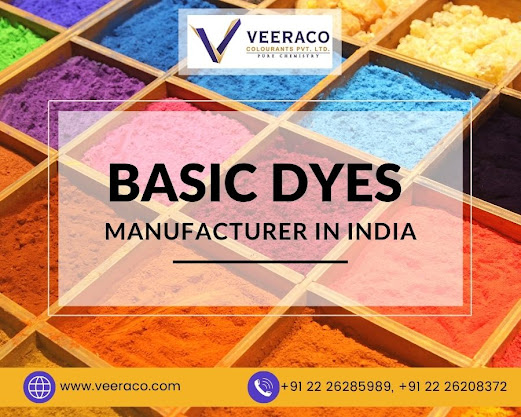Dyes and Pigment requirements and their differences
The most significant colourants used to add colour or alter colour are dyes and pigments. The textile, pharmaceutical, food, cosmetic, plastic, paint, ink, photography, and paper industries all utilise them extensively. The relative solubility of dyes and pigments differs; although pigments are basically insoluble in the liquid media in which they are disseminated, dyes are soluble. Before comparing different dyes and pigments, it is important to understand their fundamentals and the qualifications needed to work as a dye or pigment. What does dye or dyestuff mean? Organic chemicals that are soluble and colourful called dyes are typically sprayed on fabrics after being dissolved in water. They are made with the intention of forming a dependable bond with the polymer molecules that make up the textile fibre. At various points during the textile manufacturing process, several classes of dye are applied to various types of fibre. The textile business uses a wide variety of dyeing procedur

